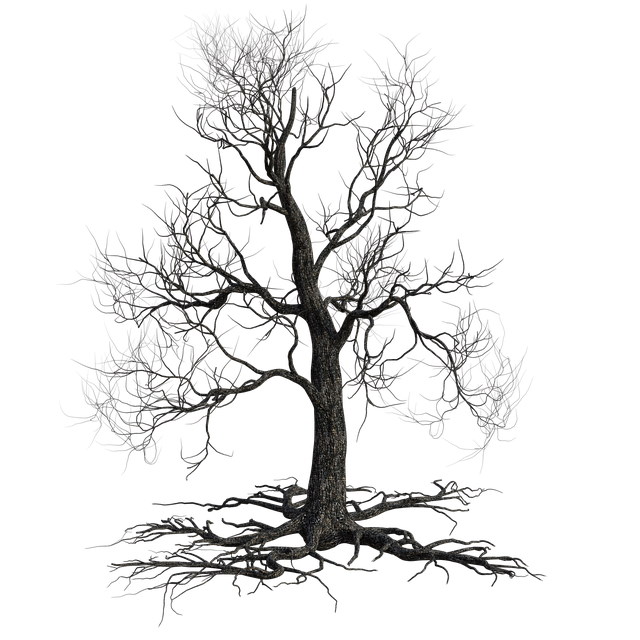Planting Around Tree Roots
On this page we will look at problems with planting around tree roots. I get a lot of questions concerning both live roots and dead roots.
A Question From Scott:
I had a large tree in the front yard. I can't recall the type of tree but it was big one with roots that ran near the surface of my yard. Unfortunately had to cut it down 2 years ago. Since then all the grass in and near the roots have died. I've tried reseeding with no success. Have tried researching and what I am hearing is that as long as those roots are there I will have a problem. Any thoughts or suggestions about why the grass died or for planting around tree roots??
Answer to Planting Around Tree Roots
Hello Scott,
In most cases, if a tree is dead the roots are breaking down and are actually good for the plants. If the tree is small you don't usually have to worry about planting around tree roots even if it is dead. Decomposing organic matter, which is what dead roots have become, can rob the soil of nitrogen as they decompose if there is a large amount of roots. But only for a time. The microbes that break down organic matter need nitrogen as they work but will eventually put back more than they take. We see this especially around wood chip composts around trees. For a certain amount of time the nitrogen in the soil is depleted, used by the microbes, but later is again replaced by the microbes as they break down the organic matter.
Since you said it was a large tree, you can expect a similar amount of roots that equals the amount of branches in volume above the surface. This can be problematic if the tree dies. But even when it is alive, planting around tree roots should be approached cautiously.
Here is a common problem with dead roots - Fairy Rings: Fairy Rings are produced by microbes known as Basidiomycetes (Mushroom-forming Fungi) that feed on dead material under the ground such as tree roots. There are three types. The harmless type will produce a circle or a partial external ring of green grass often with mushrooms forming in that green area. Most of the time the grass stays green and is not harmed. This is referred to as "Type 3".
Type 1 will kill or damage the grass inside the ring and usually has an outer ring of green grass. Type 2 forms a green ring and the grass inside the ring is stimulated and green but is not usually killed. So the worst one is Type 1.
Are you seeing or have seen any types of darker rings forming before the grass died? It may not always be present. The diameter of the rings can be very wide but the actual green part of the ring is narrow. The green ring is formed by the release of nitrogen into the soil and the dead grass is usually a result of much higher percentages of nitrogen that over stimulates the grass and it dies. Much like a dog that urinates on the grass and forms a dark green ring with taller grass on the outside but the grass in the middle is killed. The urea was too concentrated. With fairy rings, the rings can be a few feet to 50 feet in diameter and may or may not have mushrooms. Mushrooms are the fruiting bodies of the fungus that release spores so it can start again somewhere else. Nitrogen is very unstable in the soil and washes away with lots of water. Water it heavily and use a fungicide that is labeled for fairy rings to see if it helps. Follow the label to see how it needs to be applied.
When you reseed, for that small of a space it is not that expensive. Don't get Italian Rye, which is another name for annual Rye. It germinates quickly, but dies as soon as it gets hot. If you don't know what grass is in the rest of the lawn, since you live in a northern state, then Turf Type Tall Fescue is a good choice. Be sure to avoid K 31 Tall Fescue, it is a forage grass with large blades unless it is what you already have. If you plant it in the spring, plant it now so it has time to grow before it gets hot. But the best time for planting Cool Season Grasses is in the fall. There are a lot of pages on my site that can help. Here is one to start with. I hope this gives you some insight to planting around tree roots.
https://www.lawn-care-academy.com/photosynthesis.html
This page will help you see the difference between warm season grasses and cool season grasses and what they need to grow well and survive.
I hope this helps.
Planting Around Tree Roots back to Lawn Care Academy Home

